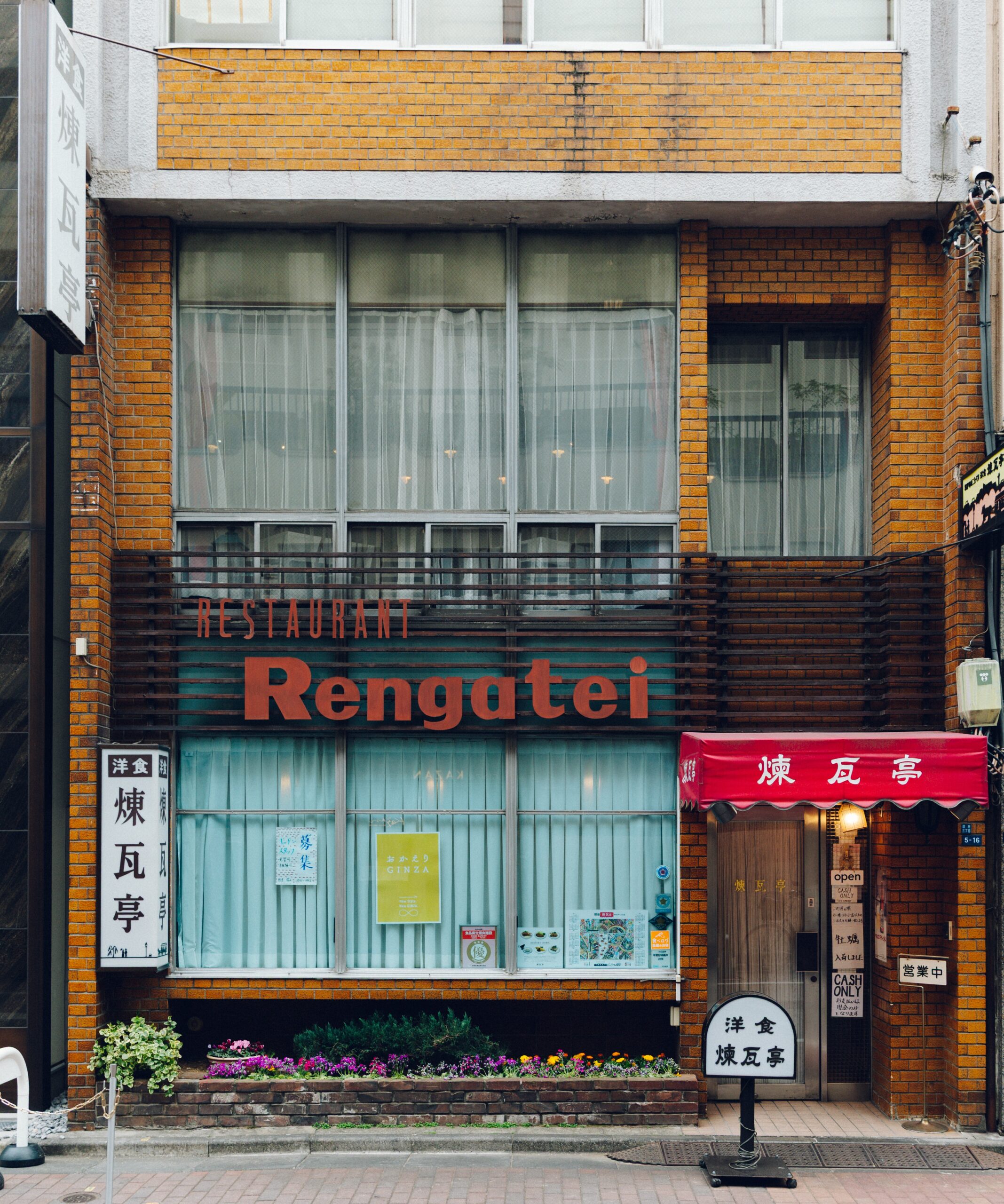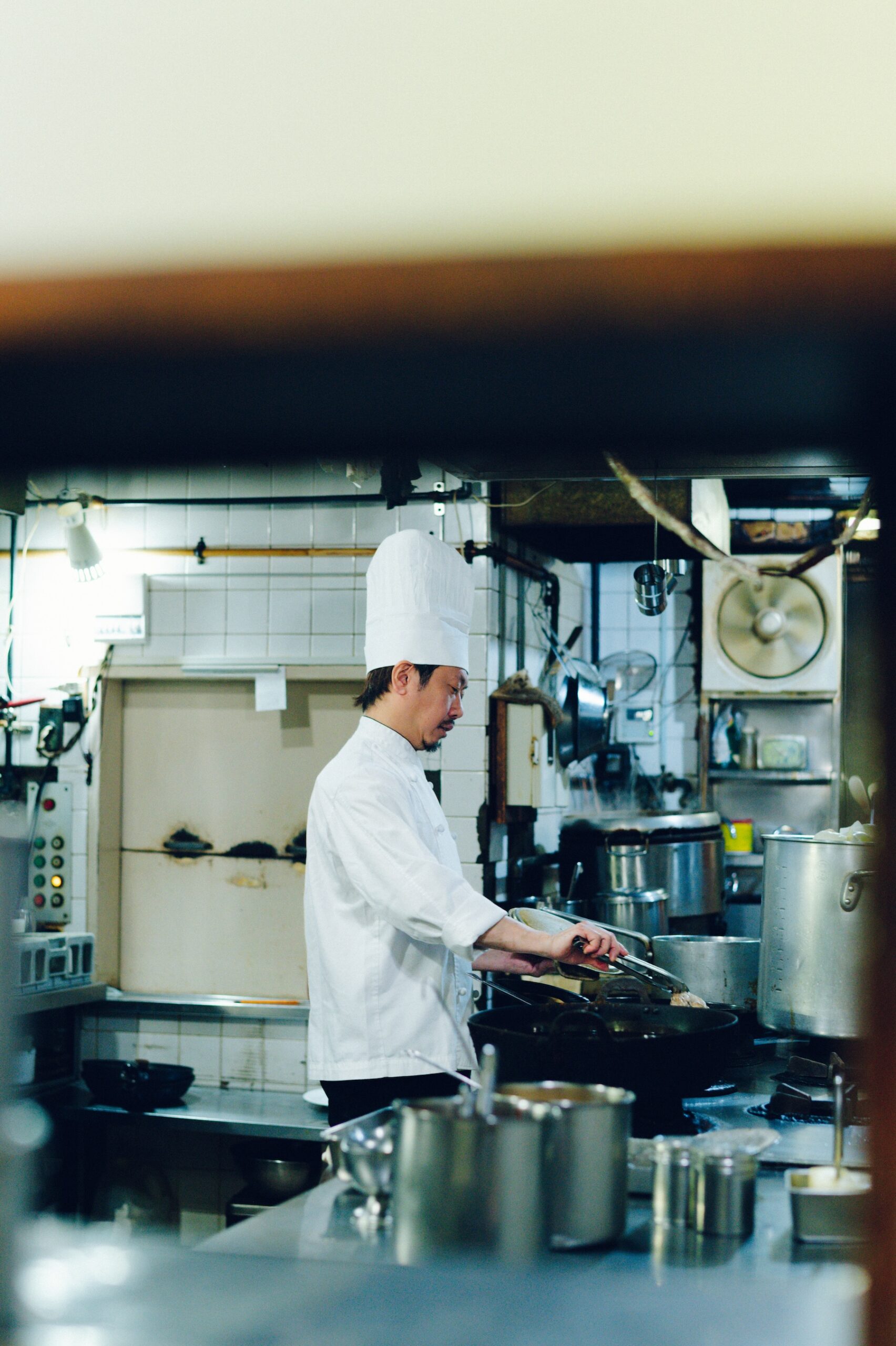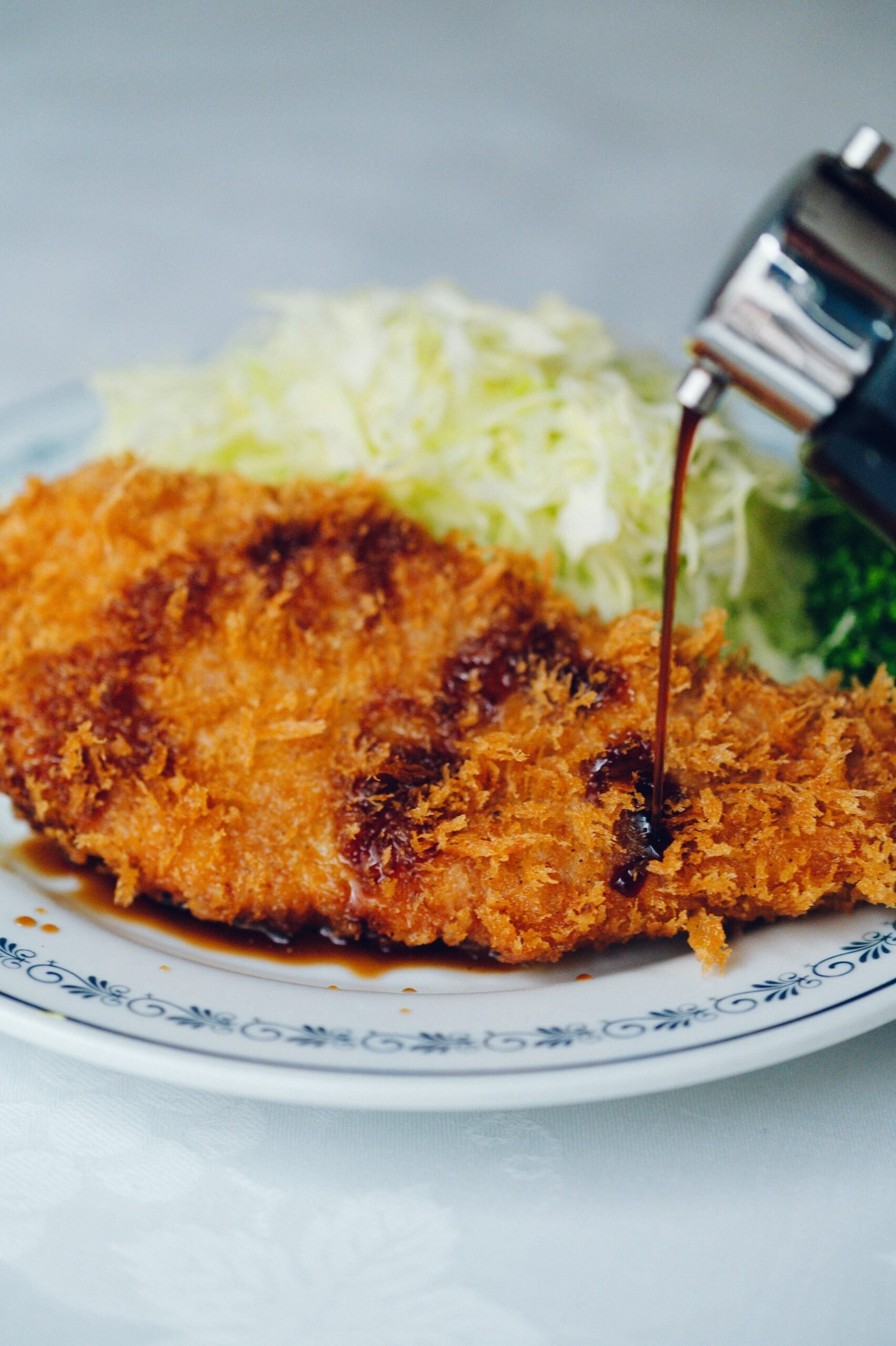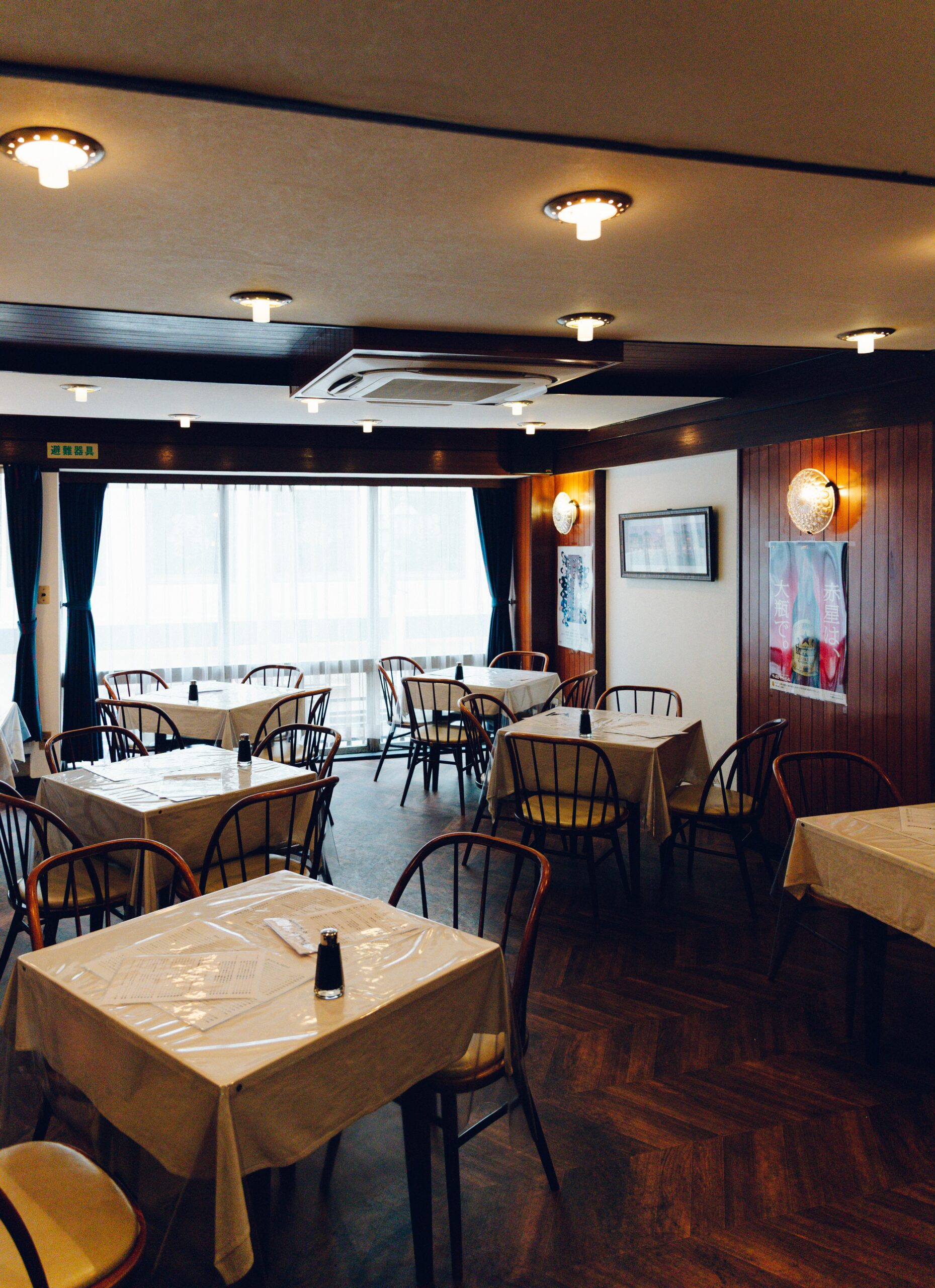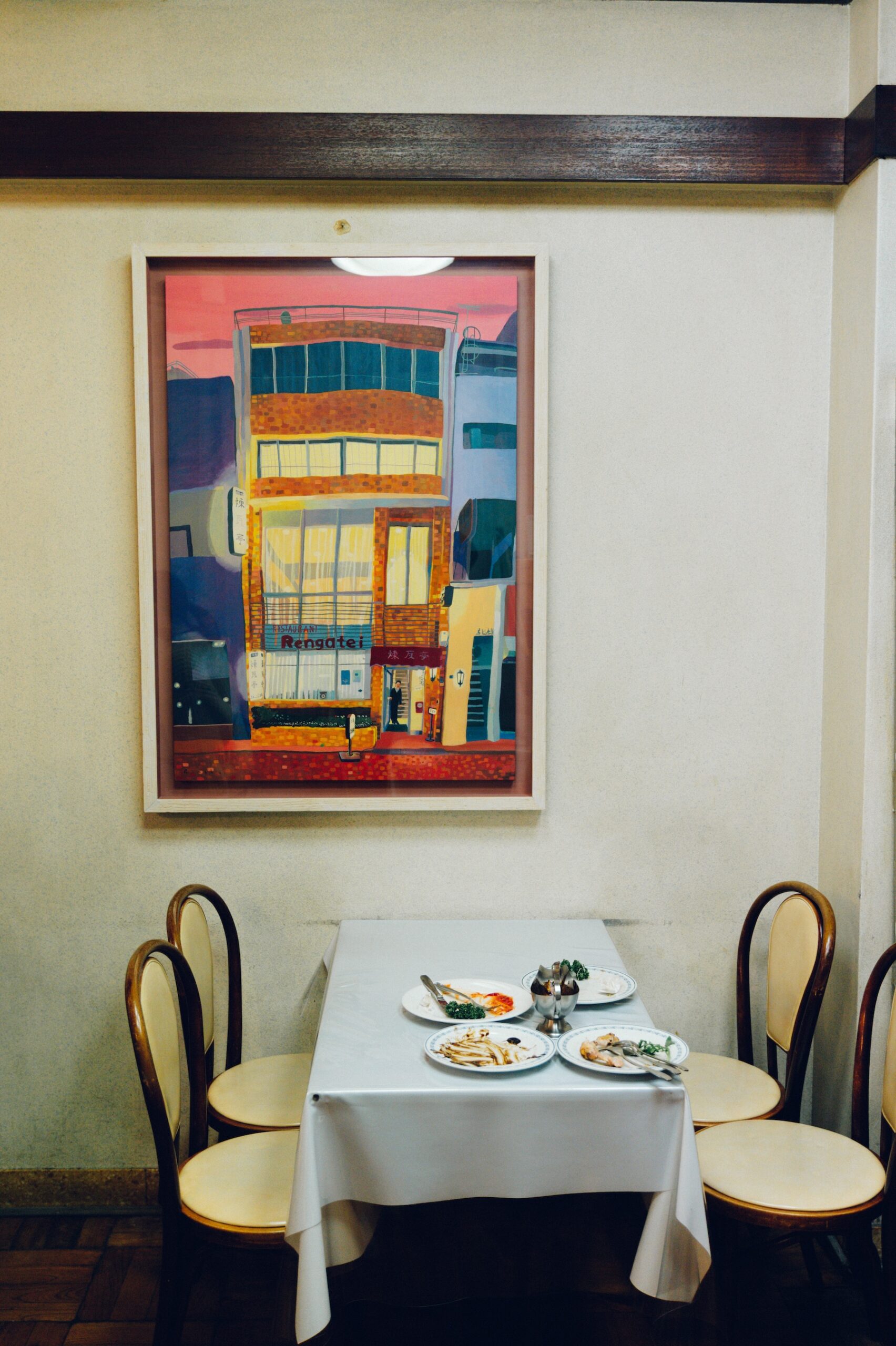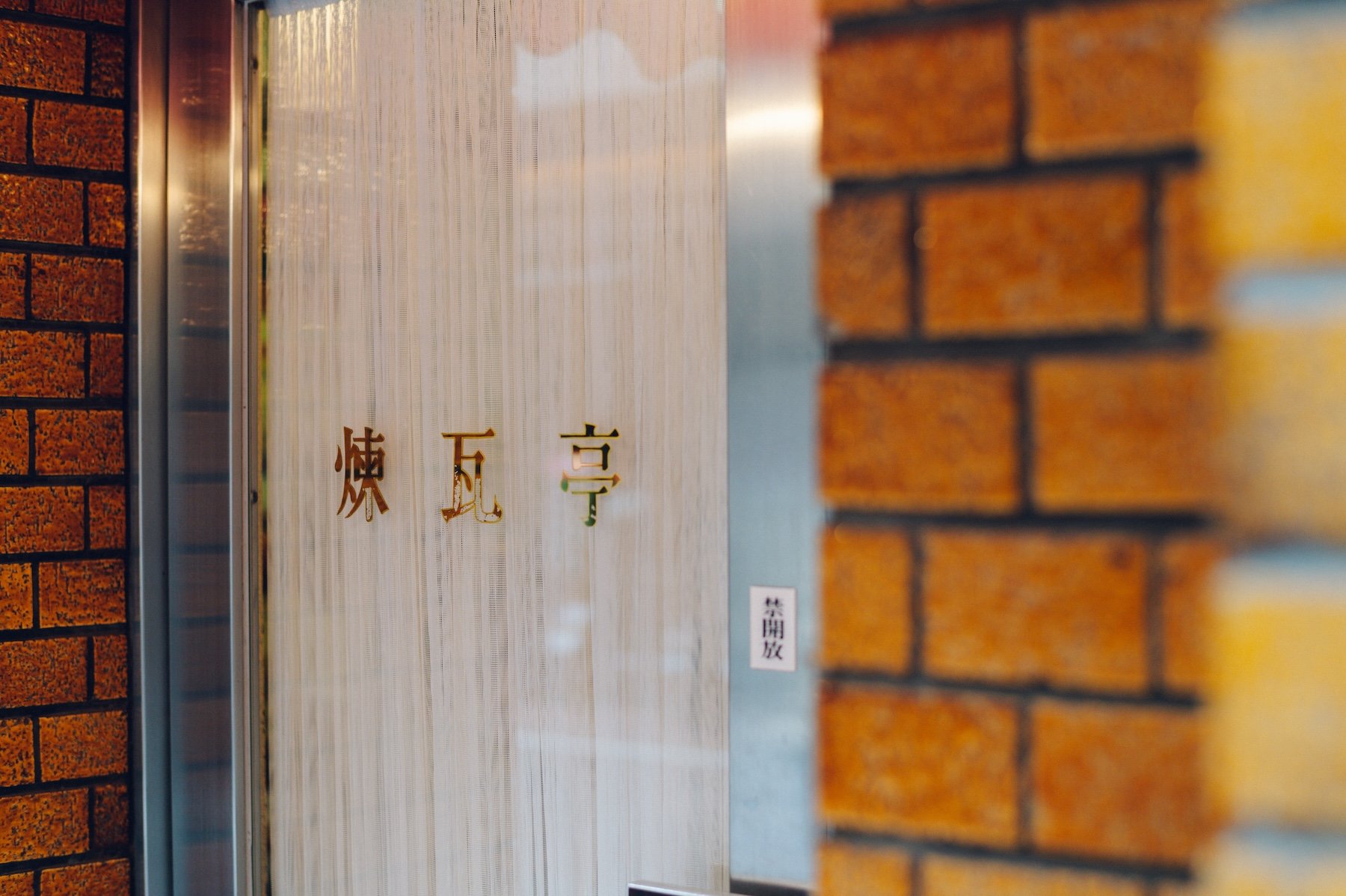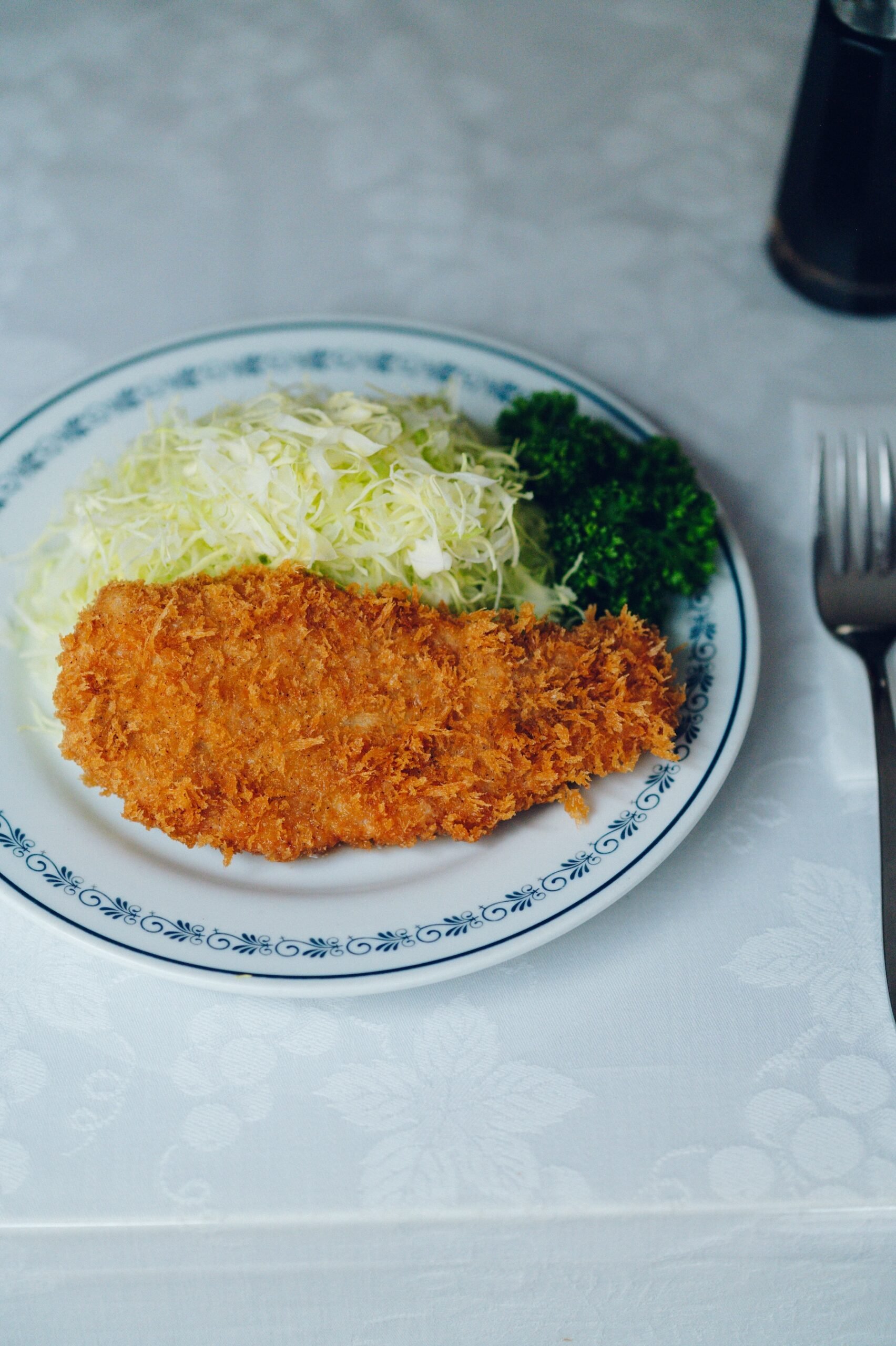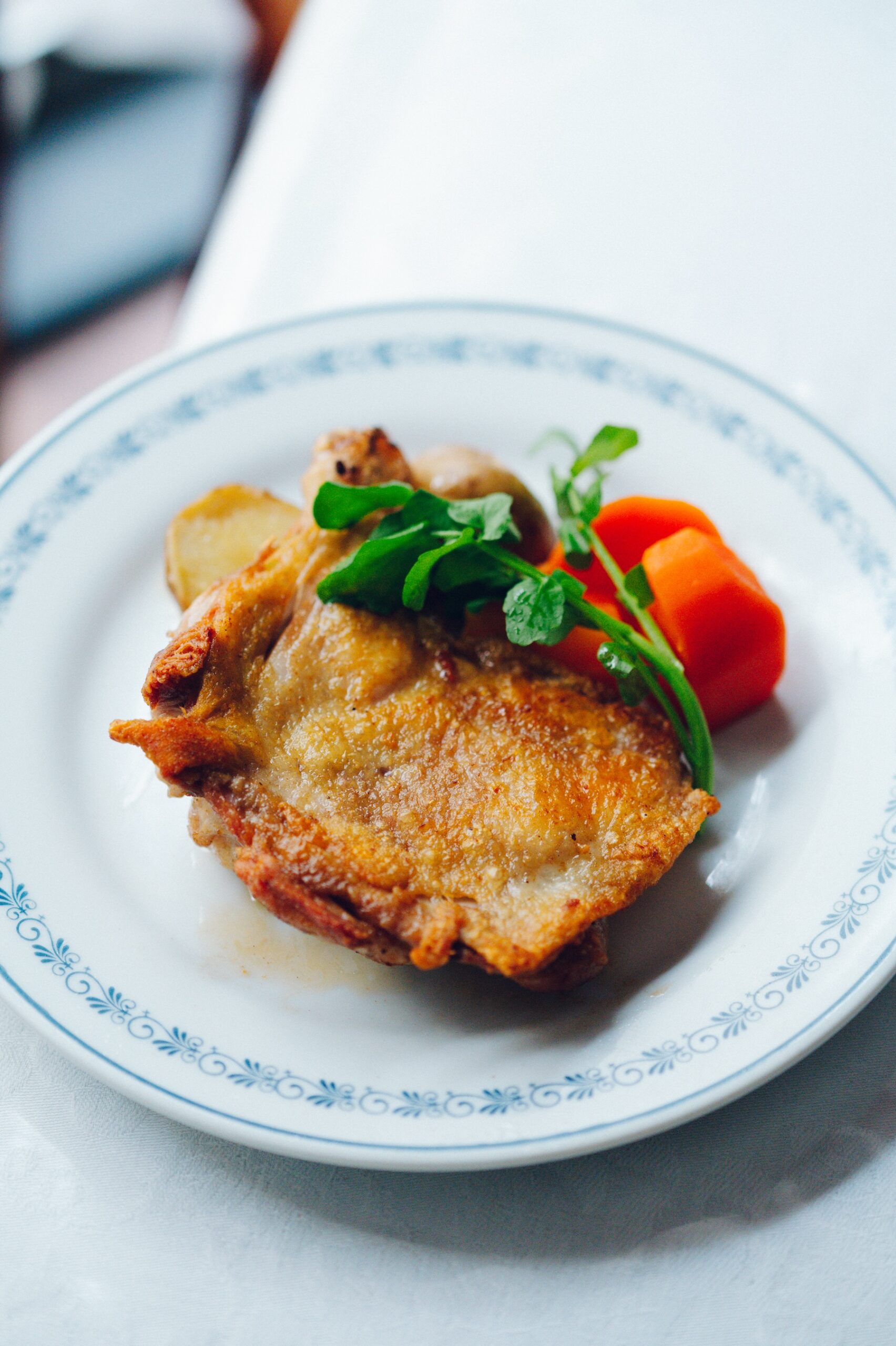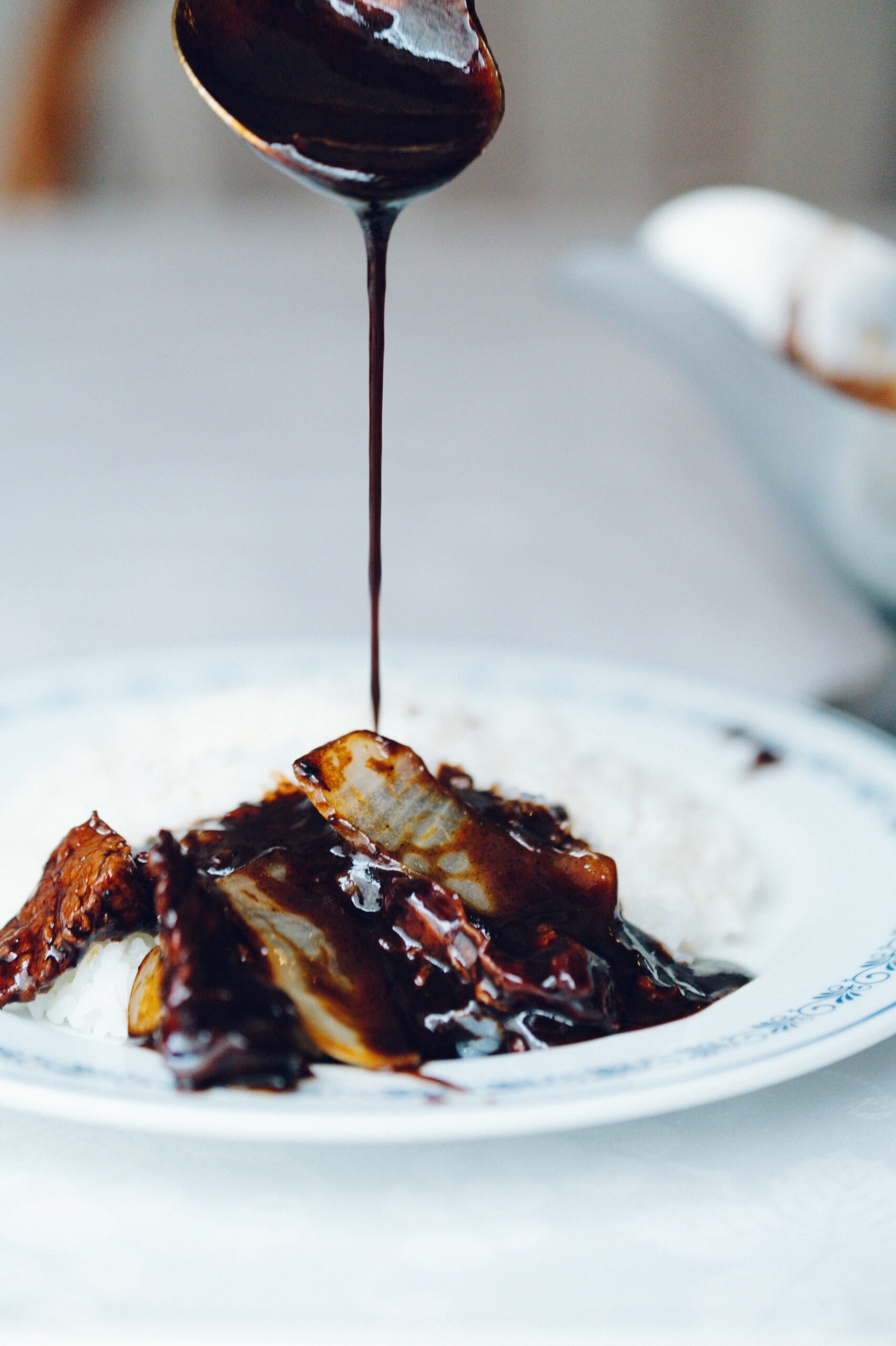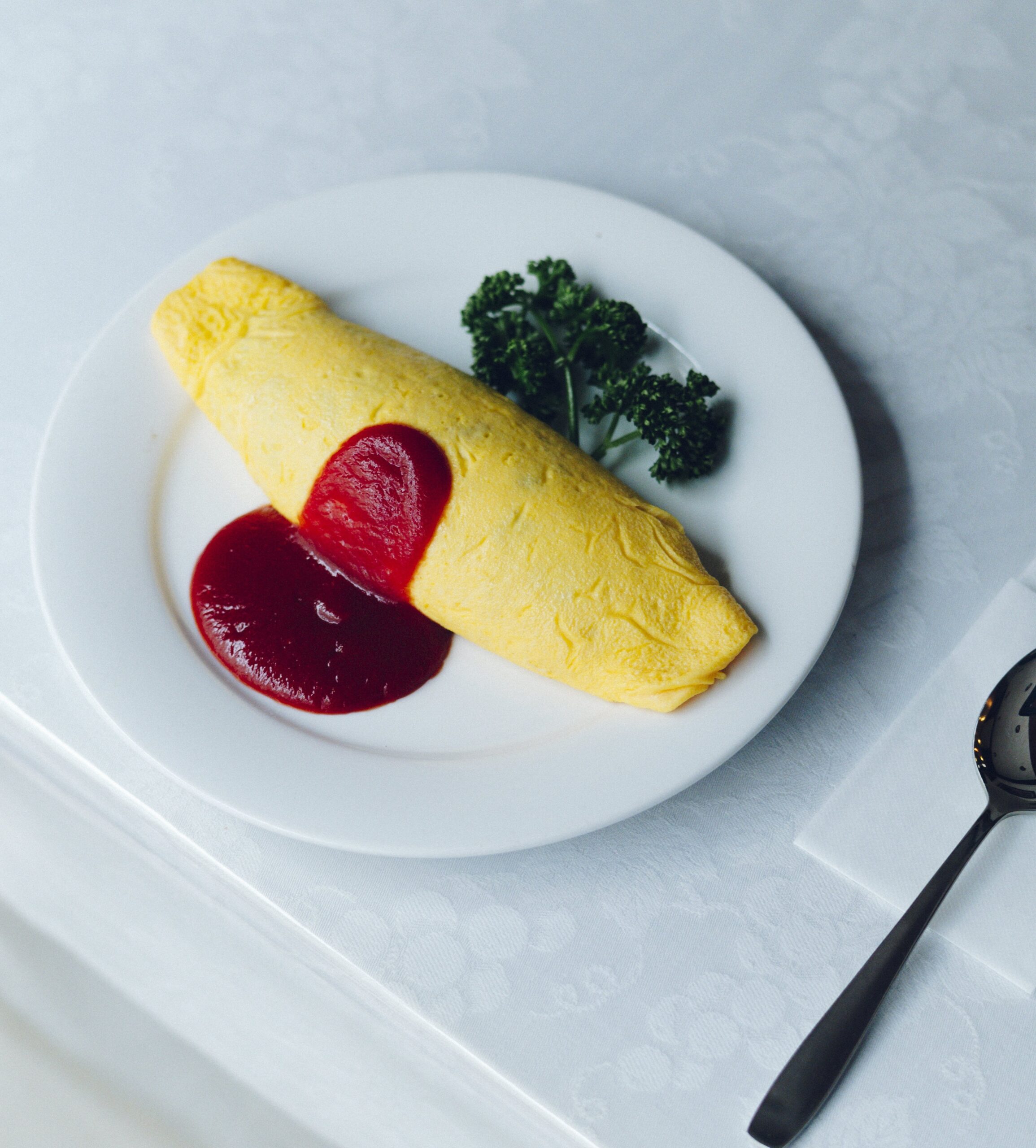CATEGORY
AREA
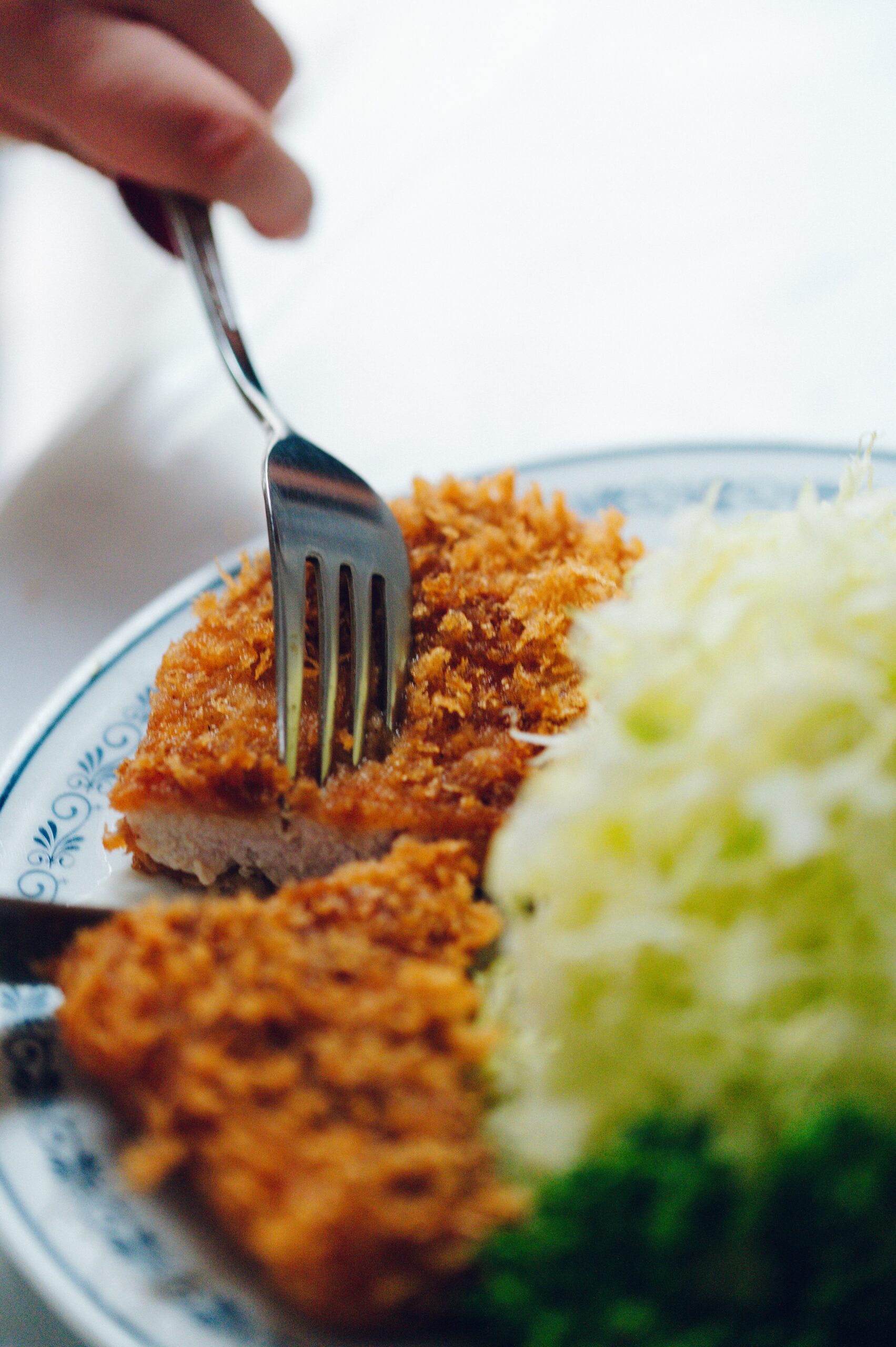
2025.03.22
The birthplace of pork cutlets and omurice! Japan’s original yoshoku restaurant.
 address
address
 Nearest Station
Nearest Station
Rengatei is the legendary restaurant where yoshoku, or Western-style Japanese cuisine, was born. It is credited with creating many of Japan’s beloved yoshoku dishes, including pork cutlets (tonkatsu), omurice, and hashed beef rice (hayashi rice). With a history spanning over 130 years, Rengatei continues to captivate visitors with its time-honored flavors. Each dish offers a depth of taste that is hard to find elsewhere. Additionally, the restaurant’s interior and exterior retain historical and cultural elements, offering a glimpse into Japan’s past.
Founded in 1895 (Meiji 28) in Ginza, Rengatei is one of Japan’s first yoshoku restaurants, and it remains a popular destination with long queues to this day. While staying true to its founding philosophy, Rengatei continues to evolve, blending tradition with new culinary ideas to serve authentic yoshoku.
Rengatei stands along Gas Lamp Street in Ginza, recognized by its charming retro façade. This location sits on the former site of "Ginza Bricktown" from the Meiji era, and bricks from the original Ginza Bricktown, discovered during renovations, have been integrated into the restaurant’s exterior walls.
Rengatei has played a key role in shaping Japanese yoshoku. For example, it was the first to introduce the use of fresh breadcrumbs for tonkatsu, pairing it with shredded cabbage, and topping it with Worcestershire sauce—all now standard practices in Japan. Interestingly, the fresh breadcrumbs were initially made by grinding bread from the historic **Kimuraya** bakery in Ginza. These innovations eventually led to the birth of businesses specializing in fresh breadcrumbs and Worcestershire sauce.
Pork cutlets, shredded cabbage, and sauce—every element of this dish traces back to Rengatei! Drizzle just a touch of sauce over the pork cutlet, take a bite, and enjoy the delightful contrast between the crispy coating and the juicy meat.
Rengatei continues to fry its pork cutlets in a traditional tempura pot, just as it has since its founding. This method was revolutionary at the time. It also led to the creation of menchi katsu, made by deep-frying minced meatballs, and later inspired the development of other deep-fried favorites like ebi fry (fried shrimp) and kaki fry (fried oysters).
Rengatei spans three floors.The first and second floors offer table seating, where vinyl tablecloths create a retro-modern atmosphere. The third floor features traditional zashiki seating on tatami mats. On the first floor, a painting by artist and picture book illustrator Rimako Horikawa is on display. Horikawa, a classmate of the fourth-generation owner Koichiro Kida, depicts Kida himself welcoming customers in the artwork.The exterior walls are made with bricks from the Meiji-era "Ginza Bricktown," offering a tangible sense of history. Despite this, the interior exudes a warm, relaxed atmosphere. Why not enjoy a uniquely Japanese take on Western cuisine—yoshoku—in this culturally rich setting?
In addition, the distinctive brick wall on the outside of the restaurant is made of bricks used in the Ginza Bricktown built in the Meiji era. Even though the restaurant has such a sense of history, there is an air of relaxation and dining pleasure in the restaurant. Why don't you try the uniquely Japanese cuisine at a restaurant where you can feel the culture that is uniquely Japanese?
The second-floor dining area. Elegant flooring and subdued lighting create a modern atmosphere that embodies the essence of a classic Japanese yoshoku restaurant.
table seating area. The painting on the wall was created specifically for Rengatei by Rimako Horikawa, a friend of fourth-generation owner Koichiro Kida. The artwork warmly depicts the restaurant’s exterior.
The entrance door bears the engraved name "Rengatei," a design that exudes a nostalgic charm. The blend of Japanese tradition and history is one of the restaurant’s many attractions.
Made with loin meat, featuring a crispy outer layer and juicy interior. The perfect balance of light texture and rich umami. Original Pork Cutlet 2,900yen
Crispy chicken skin and firm, flavorful meat create an enjoyable texture. Served with delicious vegetables for a hearty dish. Grilled Chicken 2,200yen
Rengatei’s original hashed beef rice. A rich demi-glace sauce, simmered for a week, is combined with sautéed beef and onions to bring out deep flavors and natural sweetness. Original Hashed Beef Rice (Hayashi Rice) 3,300yen
A fluffy omelet made with plenty of eggs, carefully cooked to perfection. A single spoonful releases a delicate yet rich flavor from within. Meiji-Era Omurice 2,800yen
The information contained this article was correct as of 03/22/2025 (the time of publication)
